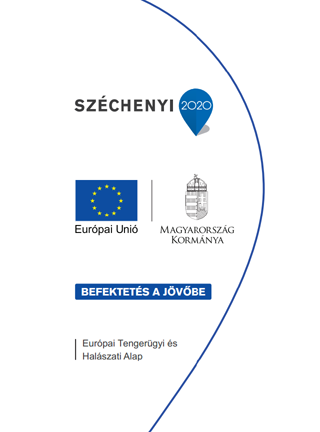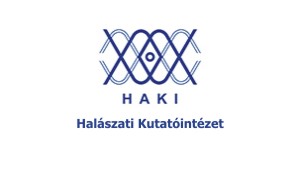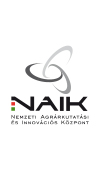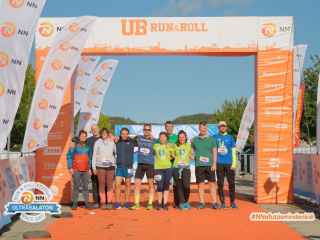
BREEDING OF BESTER FINGERLINGS IN CAGES, EAST KAZAKHSTAN
D.K.Zharkenov1, T.T. Barakbaev1, J. Pekli2, K. Zsuga3, Zh.O. Mazhibaeva1, K.B. Isbekov1, S.Zh. Asylbekova1, O.I. Kirichenko4, Т.S. Sadykulov5
1Kazakh Fishery Research Institute, Almaty, Kazakhstan
2Szent István University, Faculty of Agriculture and Environment, H‒2100 Gödöllő
3AGRINT International Agriculture Trading and Consulting Ltd.,H‒2100 Gödöllő
4Altai Branch, Kazakh Fishery Research Institute, Ust-Kamenogorsk, Kazakhstan
5Kazakh National Agrarian University, Almaty, Kazakhstan
Abstract
Sturgeon fish occupy a special place in the world of aquaculture. Bester is a hybrid species, the result of different variants of beluga (Huso huso) female and sterlet (Acipenser ruthenus) male crossing.
The relevance of commercial breeding of sturgeons is due to their reduction in natural reservoirs. The implementation and working out of sturgeon’s commercial breeding technologies in different types of fish farms are very important and actual task. The purpose of this research is to study the adaptation and implementation of innovative technologies of growing sturgeon hybrid (Bester) in cagesin water bodies with asmall areain the third fish farming zone climatic conditions. All-breeding work scarried out in stage sat two experimental bases-in laboratory conditions in the aquarium fishtank ("mini-RAS") and in fish farming capacity in conditions of the farm "Silver bream", located on the Tainty reservoir. Besterlarva grown in the farm conditions has been under constant surveillance. Valuations have been carried out every 10 days. The hydrochemical and ichtyological monitoring of the habitat and gibrion (Bester larvae) in water in fishtanks has been systematically held in laboratory conditions.
Adapted and improved technology will allow sturgeon breeding farms on the example of the possibility of obtaining valuable commodity products adapted to small ponds. Artificial breeding of valuable fish becomes more effective when the larvae, before boarding a cage fish farm line were grown to full-system RAS providing optimal exchange of water and water treatment. Water in pools for rearing trays or fed directly from the reservoir, which will be installed cages, preferably adjusted to the optimum temperature 18 ‒ 23 oC with oxygenation of 6 ‒ 8 mg /L, pH: 6.5 ‒ 7.5 with average rigidity.
During breeding larvae and young fish, it is necessary to enter a live feedstuffs in the diet, depending on the water temperature, growth parameters (average linkage) fish and their quantity; daily diet scalculated taking into account he use of live food. If is unable to sort and place separately juveniles, it is imperative to organize a few tables of food in different places, in order to reduce competition during feeding.
In case of a different quality of growth processes of the young, in order to stimulate growth in the contingent of "small" fish enter into the diet dressing vitamins, probiotics and produce handling juvenile immunomodulatory. To minimize the stress load on the weighing of fish, produce electronic scales in the tank with water, adding ascorbic acid feed rate of 10grams per1kg of feed. Thus, experience shows that the availability of the sufficient necessary equipment and suitably trained fish farmers, allows rearing sturgeon larvae from stage a three-day weather conditions in Eastern Kazakhstan(third national aquaculture zone)and economically feasible.
Programajánló
Hírek
Tisztelt Látogatók!
A hazai agrár-felsőoktatás szükséges megújulásának mérföldköve az alapítványi fenntartású Magyar Agrár- és Élettudományi Egyetem (MATE) létrejötte, amely 2021. február 1-től 5 campuson, több mint 13 ezer hallgató számára fogja össze a dunántúli és közép-magyarországi élettudományi és kapcsolódó képzéseket. Az intézményhez csatlakozik a Nemzeti Agrárkutatási és Innovációs Központ (NAIK) 11 kutatóintézete is, így az új intézmény nem csupán egy oktatási intézmény lesz, hanem az ágazat szellemi, szakpolitikai és innovációs központjává válik, amely nagyobb mozgásteret biztosít a képzések, a gazdálkodás és szervezet modernizálásához, fejlesztéséhez. Az összeolvadással magasabb fokozatra kapcsolunk, a kutatói és egyetemi szféra szorosabban fonódik majd össze, aminek következtében még több érdekes, izgalmas kutatás-fejlesztés születhet majd az agrárium területén.
Kérjük, kövesse tevékenységünket a jövőben is a www.uni-mate.hu honlapon!
A szokásostól eltérően az idei évben ősszel, október 03-04 között került megrendezésre az Ultrabalaton csapatversenye. NAIK-os csapat az idei évben állt először rajthoz a 14. alkalommal kiírt versenyen.


